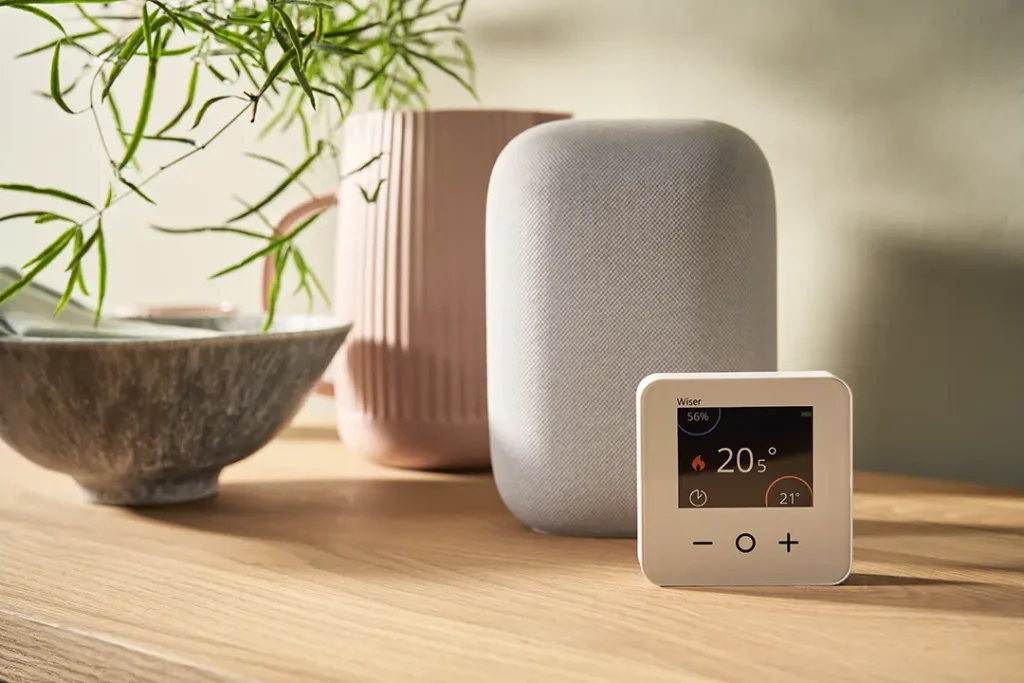As urban living keeps us indoors more than 90% of the time, maintaining a comfortable and healthy indoor climate becomes essential. Indoor temperature, much like CO2 levels and humidity, significantly affects human health and the condition of our homes. This article looks at how indoor temperature affects our wellbeing and property condition, and offers practical strategies for optimising the indoor environment.

Indoor temperature is crucial for properly regulating your body and maintaining a comfortable living environment. The ideal range for most people is between 20°C to 22°C, as recommended by health and environmental experts. However, significant deviations from this range can lead to discomfort and health risks – especially for those that may be more vulnerable like elderly people and those with health conditions.
Cold temperatures:
Hot temperatures:
Extreme cold and heat can significantly interfere with sleep. Poor sleep due to temperature extremes may weaken the immune system, impair cognitive performance, and contribute to mental health issues such as anxiety and depression. Furthermore, environments with fluctuating temperatures—where heating or cooling systems cycle on and off—can disrupt sleep quality and disturb the natural circadian rhythm.
Indoor temperature not only affects the health of occupants but also plays a pivotal role in the maintenance of the home. Extreme temperature variations can cause significant wear and tear on a building’s structure and systems.
Building materials and energy efficiency:
Mould and humidity
Achieving a balanced indoor temperature can be achieved through a combination of proactive strategies and modern technology:
Maintaining a stable indoor temperature is essential for both human health and the maintenance of a home. A balanced, well-regulated indoor climate promotes comfort, reduces health risks, and ensures the home remains in good condition for years to come.